This week, I achieved a goal 20 years in the making — climbing Mount Kilimanjaro, the world's tallest freestanding mountain, with my mom. The story begins on my 10th birthday when we watched an IMAX movie about Kilimanjaro mountaineering. At first, it seemed that the journey to the mountain's base was an insurmountable test of perseverance, filled with questions: When to go? Which guides to choose? What gear to pack? How to train? But, one day the clouds parted, and the opportunity to go appeared. As the trip got closer a new realization set in — the ascent to 19,340 feet was going to be the true challenge of our resolve. As we conquered this physical peak, I reflected on the striking parallels between our climb and the mountains we face in business and life. I learned that my mental barriers are higher than my physical ones, that small steps lead to great achievements, and when in doubt choose not to doubt.
Our mental barriers cast a shadow over our physical limits. Saturday at midnight was the beginning of summit day, a grueling 8-hour climb through the darkness, gaining over 4,000 vertical feet. Breathing only half the oxygen of sea level, each step was a battle against doubt and fatigue. Fighting my inner voice of limitation, pushing myself to what I thought was my physical brink. Astonishingly, upon reaching the summit and even after the arduous descent, I realized I had more to give. My mind had set artificial boundaries that my body enthusiastically surpassed. I wondered how often I constrain my organization’s growth, setting "achievable" goals rather than allowing for true expansion. Too often we are tempted to embed these mental limits in our organizational narrative. Looking out from my view from the peak, I considered: What if there are no limits?
Small steps in the right direction yield big achievements. As I began the ascent, facing Kilimanjaro's imposing silhouette, the task seemed insurmountable. Fortunately our guides were frequent travelers and their wisdom became our mantra: take it one step at a time. Our seven-day, 50-mile round trip translated to over 120,000 steps. "Pole, pole" (Swahili for "Slowly, slowly") echoed within my head and on the mountain paths. There is no sprint to the summit; no fastest or first to the top. It’s the methodical, intentional steps that get you there. With each intentional step in the cold, airless darkness, I reflected on how this principle resonates in my careers and leadership roles. Pole, pole: patience, stay the course, trust the process. Savor the journey, witness the vistas along the way, and ultimately reach your goal.
When doubt creeps in, choose not to doubt. The stories I tell myself wield immense power. Whether I believe in our capability or incapability, I prove myself right. During the final ascent, as I trudged through freezing darkness, my mind and body screamed to stop; my heart and spirit urged me forward. I faced a crucial choice — which inner voice would I heed? I consciously chose positivity and gratitude, adopting mantras like "one more step" and "I get to" instead of "I have to." Whenever we attempt something brave, in life or leadership, there will be naysayers and self-doubt. Shrugging them off, embracing a growth mindset, and persevering on our chosen path leads to rich rewards.
This will not be my last mountain. Rather, it feels like a first. In life and in leadership, it is easy for challenges to appear insurmountable at first glance. But the mountain's lessons remind me of our vast, often untapped potential. By recognizing that our mental barriers constrain us more than our actual capabilities, by taking small, consistent steps towards our goals, and by choosing positivity in the face of adversity, we can achieve the seemingly impossible. Our example of perseverance can be truly transformative for those we love and lead. Whether scaling a physical peak or tackling a daunting project at work, the principles remain constant: trust in your capacity to overcome, embrace the journey, and keep moving forward, as slow as necessary. In doing so, we not only reach our summits but also inspire and empower others to conquer theirs. The view from the top is always worth the climb.
With love, gratitude, and wonder,
Jacquelyn
P.S. Thank you to everyone who texted, called, donated, encouraged, supported, and prayed. We could not have done it without you!
To Keep Growing, Stop Feeding Into The Story Ego Is Telling You About Yourself by Whitney Johnson
The article discusses the challenges and strategies for succeeding as a second CEO, particularly when following a company's founder. It focuses on Matt Sharrers' experience becoming CEO of Sales Benchmark Index and the insights he shares in his book "The Second CEO: Accelerating Scale When Following the Founder."
The piece explores the unique difficulties of stepping into a founder's role, emphasizing the importance of self-awareness and managing one's ego. Sharrers highlights the need for second CEOs to recognize their "blind spots" and avoid common pitfalls like excessive control or shutting down. The article underscores the value of transparency, self-reflection, and listening to others as key strategies for success in this challenging leadership position.
The New Growth Architects: Three Companies Honoring Tony Hsieh’s Legacy by Keith Ferrazzi
Tony Hsieh, the founder of Zappos, revolutionized corporate culture in the early 2000s by prioritizing employee happiness and personal growth as key drivers of business success. His innovative approach, detailed in his book "Delivering Happiness," challenged traditional management paradigms and inspired a new wave of thinking about workplace environments.
Today, Hsieh's principles continue to influence forward-thinking companies. The Tony Hsieh Award, established in his honor, recently recognized three organizations for their groundbreaking approaches to human capital management. These companies are demonstrating that innovative workplace practices can lead to remarkable business outcomes, including increased employee engagement, rapid growth, and improved customer satisfaction. Their successes suggest that in the evolving landscape of modern work, prioritizing employee well-being and fostering a positive workplace culture are not just ethical considerations, but essential strategies for building thriving, competitive businesses.
Sanyin Siang's journey from a 7-year-old immigrant to a world-renowned CEO coach and thought leader is truly inspiring. What resonates with me is her genuine passion for elevating others and her ability to see the "awesomeness" in everyone she meets. As someone who values leadership and personal development, I find her perspective refreshing. Siang's emphasis on kindness, celebrating life's moments, and valuing experiences over possessions offers a compelling vision of success that goes beyond mere professional achievements.
What makes this article particularly interesting is how it reveals the person behind the impressive resume. Through her responses to various questions, we get a glimpse of Siang's personal philosophy and values. Her balanced approach to life, combining professional excellence with a strong commitment to family and personal growth, is something I believe many of us can learn from and aspire to emulate.




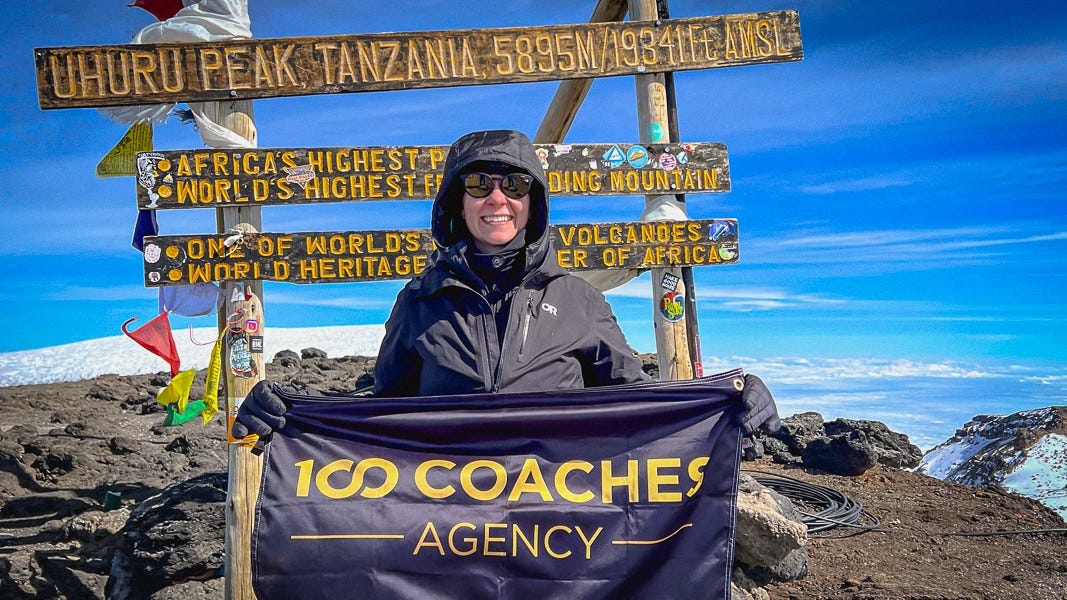

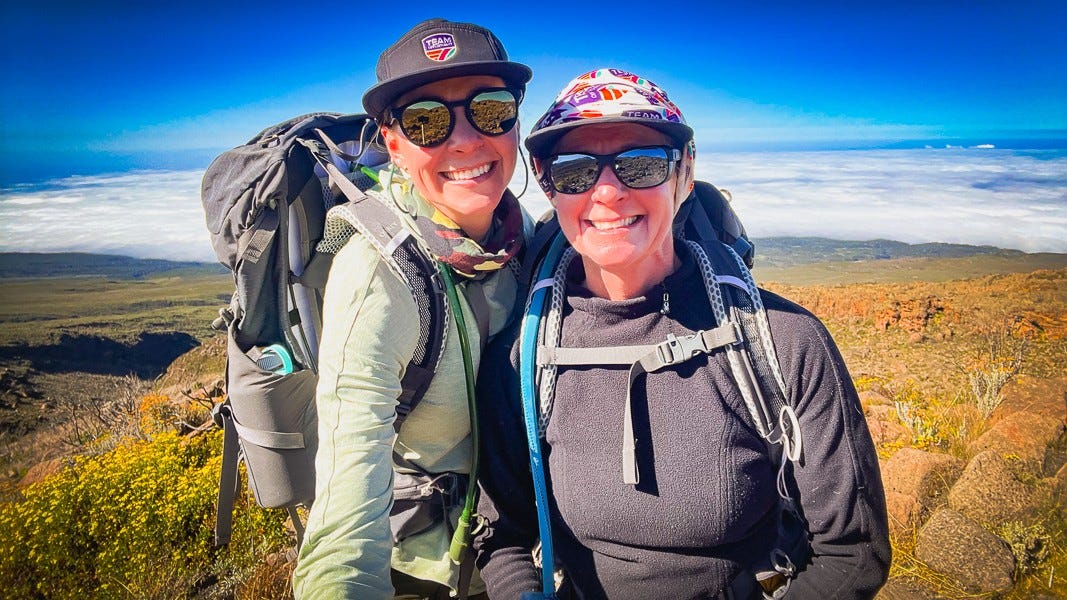
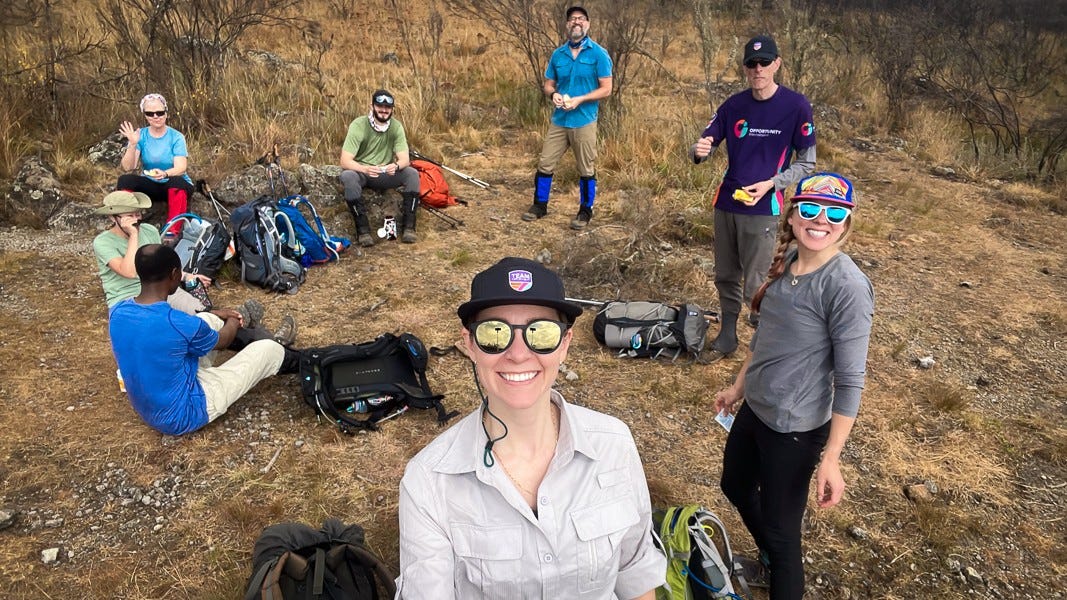

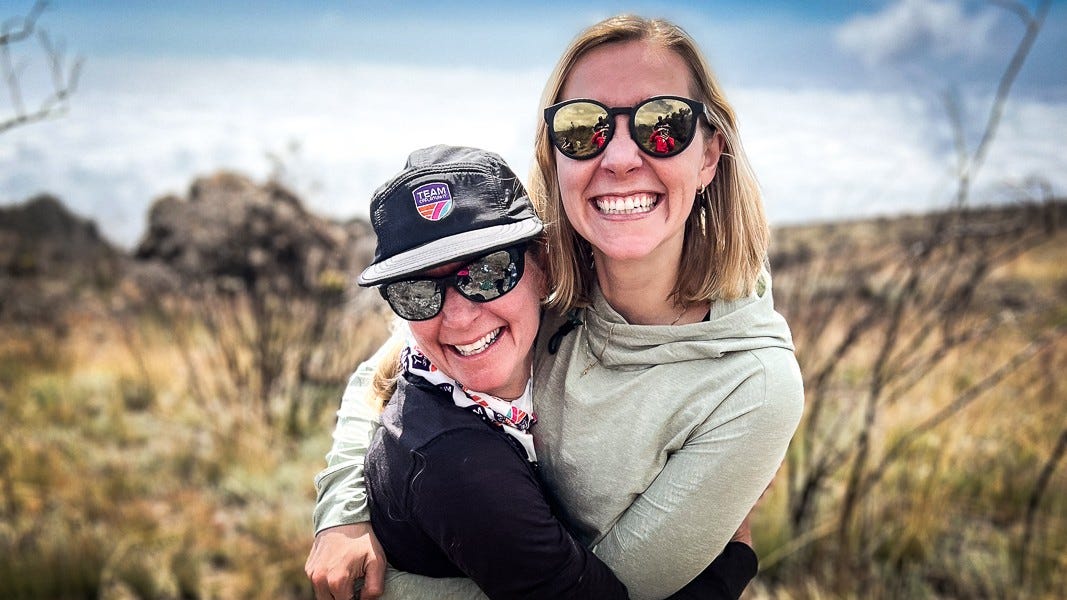

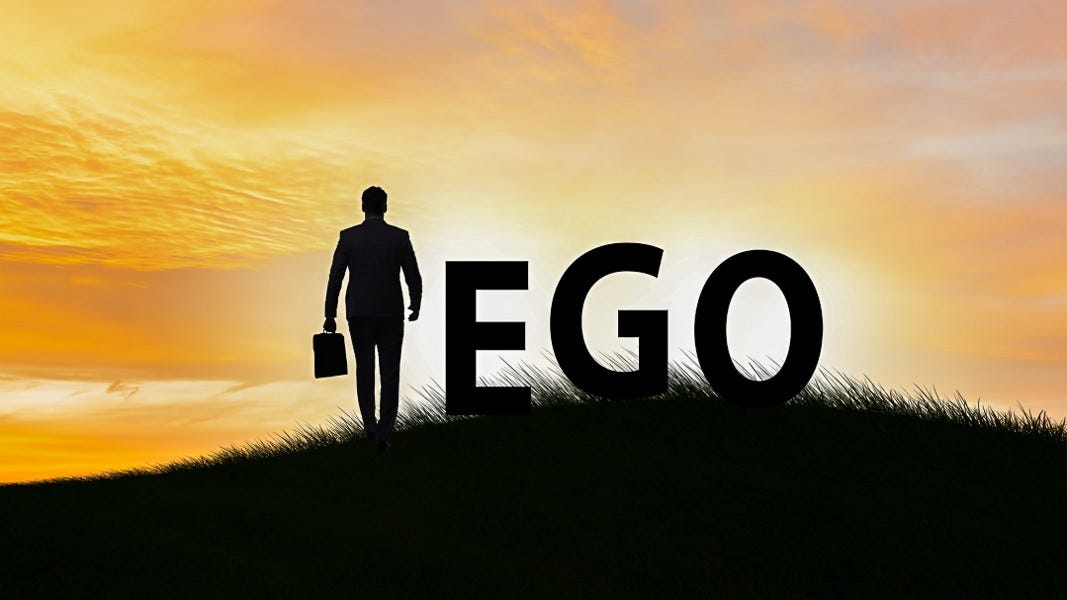

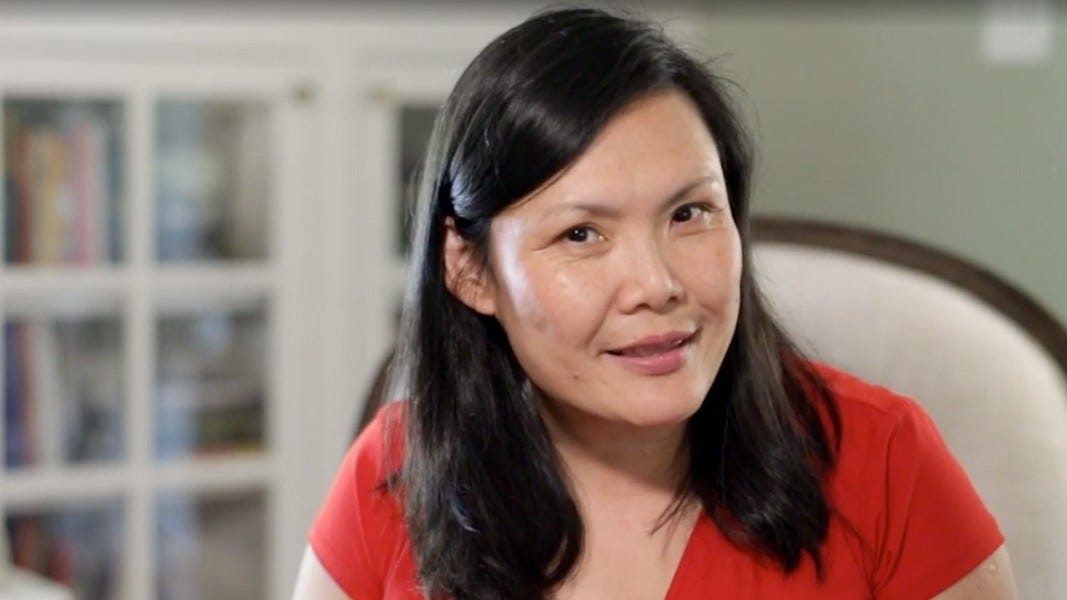
This could not be more timely or more useful, thank you Scott! I've just finalized my trip to see the mountain gorillas in Rwanda. This can include many hours following a pod, up and down mountains and often climbing down volcano craters. I've been terrified. I'm getting myself ready with small hikes. Whitney Johnson and I will do a bit of the Appalachian train in September and then up and down many hills in St. John in January. And now i feel freed up! I will NOT listen to that inner voice telling me to be scared, my mental barriers. Thank you Scott!